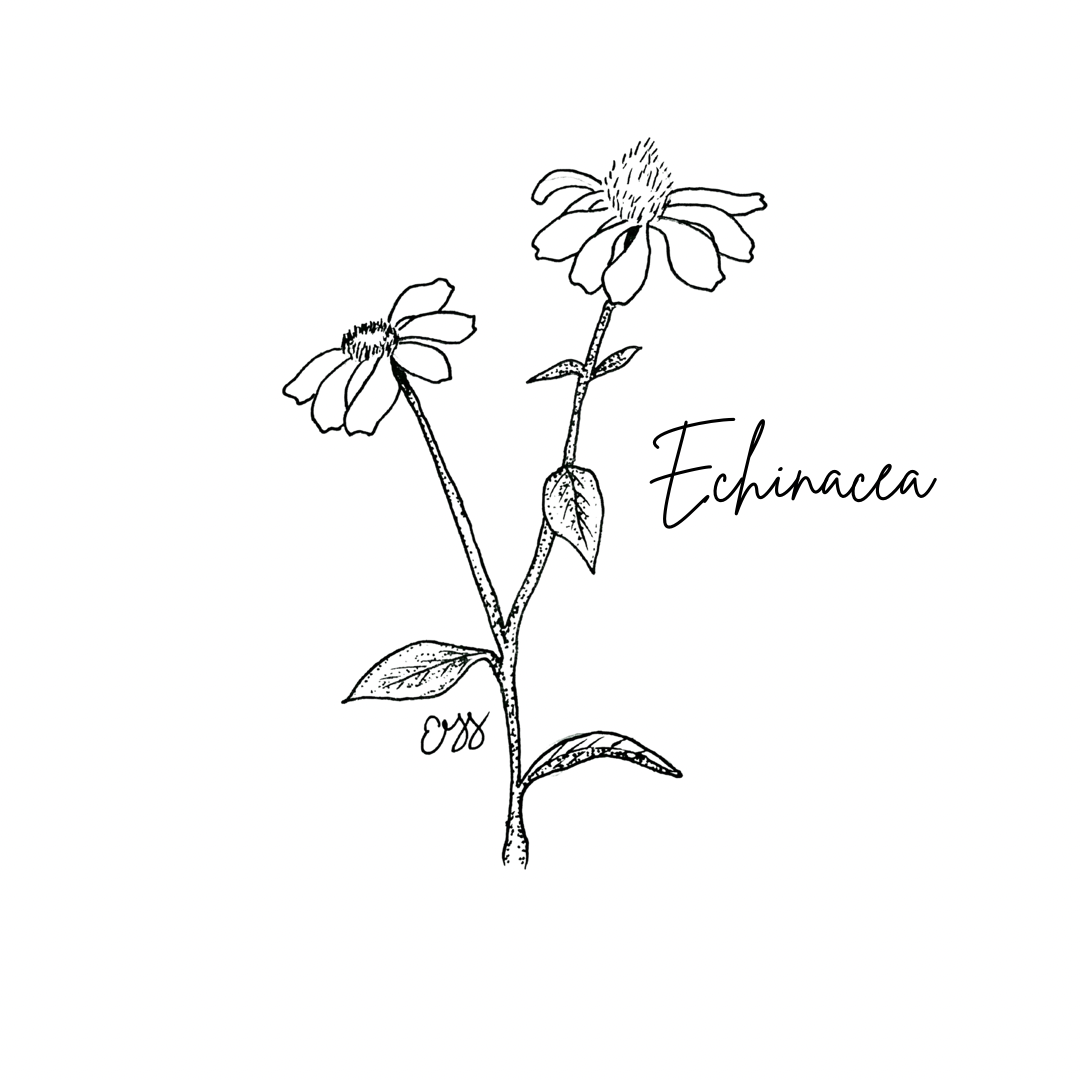Becoming a Spiritual Warrior and a Soldier of Light
Autumn Equinox, as we all know, marks the beginning of the fall season. I can’t help but feel elated. I love the fall season and all its transitions. With the shift of seasons comes a shift in our mind, body, and spirit. It’s also an opportune time to strengthen yourself into a spiritual warrior.
The deciduous trees, in my area of the world, change to beautiful colors of burnt orange, yellow and brown; the process is fascinating. Watching the senescence of the plant and tree life cycle always creates a transition for me; a contemplative time of going inward.
I wrote in a past blog about how nature offers lessons for the journey of change. In that article I talked about a dying man appreciating and watching the colorful leaves and the senescence of the trees through his window and saying, “even God makes dying beautiful.” As I think about his journey to death, I contemplate my own life cycle as I watch the beauty of the fall season unfold.
Pain and Suffering Come From Negativity
Pain and suffering come from a place within, an internal place, usually from a place of negativity. I think this is why I love the fall season so much. It creates a time of going within, a time of exploring and asking, “What isn’t working anymore?” I evaluate how often I am thinking or behaving negatively.
As we spent the month talking about the qualities and traits of a spiritual warrior, one trait kept surfacing: transforming our emotions to reach our place in life. This is not easy, especially when caring for someone or being surrounded by disease and illness. According to the Numerologist, if you work on strength and discipline, you can end up a “soldier of light”, a place of positivity and love.
Move Forward in Life This Fall
A Place of Peace and Respite
This month’s TherapeuticRespite™ activity demonstrated the therapeutic properties of the Garden of Harmony & Peace at the Iris Respite House & Healing Gardens. A Japanese garden, it includes the architectural and horticultural elements of a Spiritual Warrior. Achievable self-care benefits and practices to help us stay in the moment and stay positive was the result. This activity in the garden sparked Phyllis Rupert, one of the Hope Grows counselors, to develop five Caregiving Spiritual Warrior traits.
Take some time this fall season and watch the senescence of the trees give way to the beautiful fall colors. While the tree continues to soak up the water and nutrients from the earth, you too can flow with the natural rhythm of the season. This process of shedding, a fall, if you will, is a natural process for the tree as it gets ready for the cold to follow. This is a good time of year for awareness, another spiritual warrior trait. A new sense of discipline occurs naturally, as our direction transitions alongside with nature.
Our minds/bodies organically follow the same path. Don’t fight it, let this be a time of preparation for new growth, a discipline to achieve the five Caregiving Spiritual Warrior traits. Follow the path of nature and remind yourself what Lisa Bevere said, “All that is behind you was in preparation for all that is yet before you.”
Challenge Yourself to Become a Spiritual Warrior
None of this is easy. If it was, the world would be utopia. In providing care, caregivers become so depleted and drained, making it difficult to stay positive. Challenge yourself, take a moment, look in the mirror, and remind yourself that you are a spiritual warrior. You possess the qualities and traits of one. As you continue to conquer the tasks and demands of helping your loved ones, you create your path through the strain and stress. And above all, stay focused, “warriors create themselves through trial and error, pain and suffering, and their ability to conquer their own faults.” Metaphorical, have a happy fall!




